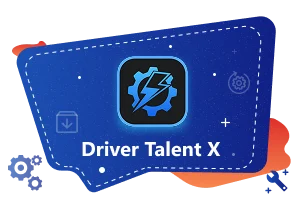When using Windows 10/11, some users may encounter a Blue Screen of Death (BSOD) with the error message: "VIDEO_SCHEDULER_INTERNAL_ERROR".
This error is usually related to graphics drivers, the GPU hardware, or memory issues.
This article will explain the causes of this error in detail and provide several effective solutions to help restore system stability quickly.
1. What Is the Video Scheduler Internal Error?
"Video Scheduler Internal Error" is a critical system error (Stop Code 0x00000119) that occurs when the Windows video scheduler encounters a severe problem while processing tasks. It typically happens during:
Playing games or running 3D graphics applications
Installing or updating graphics drivers
System boot-up crashes
2. Causes of Video Scheduler Internal Error
Corrupted or incompatible graphics drivers
GPU hardware failure or overheating
Damaged or missing system files
Memory issues or incorrect virtual memory settings
Conflicts caused by Windows updates or patches
3. How to Fix the Video Scheduler Internal Error
Method 1: Update Graphics Drivers
Driver issues are a common cause of this error. It's recommend to use Driver Talent X, a driver management tool that automatically detects, downloads, and installs the best-matched drivers for your system.
Click the Download button to get the latest version of Driver Talent X, then install and launch the program.
Go to the Drivers section and click "Scan" to detect all drivers on your PC.
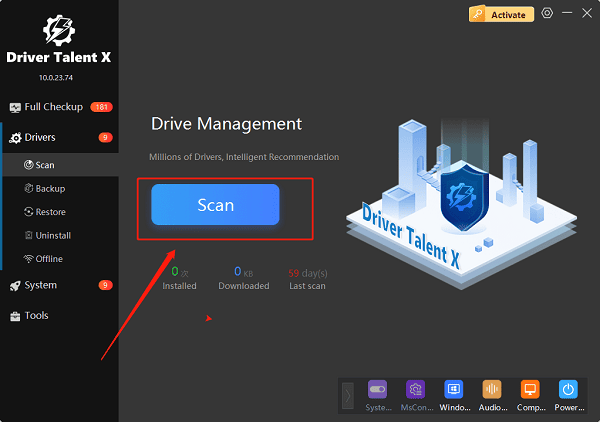
Locate the graphics driver in the scan results and click "Upgrade".
After updating, restart your PC to apply changes.
Method 2: Run System File Checker
Type "cmd" in the search bar, right-click Command Prompt, and select "Run as administrator".
Run the command: sfc /scannow
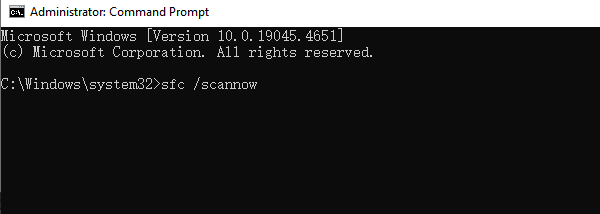
This will scan and repair corrupted system files.
Then run the following DISM commands one by one:
DISM /Online /Cleanup-Image /CheckHealth
DISM /Online /Cleanup-Image /ScanHealth
DISM /Online /Cleanup-Image /RestoreHealth
Restart your PC and check if the issue is resolved.
Method 3: Perform Windows Memory Diagnostic
Press Win + R, type "mdsched.exe", and press Enter.
Choose "Restart now and check for problems (recommended)".
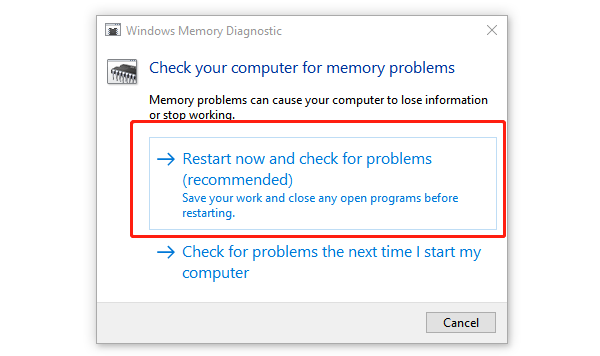
The system will reboot and run a memory diagnostic (this may take a few minutes).
After booting back into Windows, the results will be displayed.
If any memory errors are found, consider removing or replacing faulty RAM modules.
Method 4: Check GPU Temperature and Hardware
Overheating or failing graphics cards can trigger this error.
Use monitoring tools to check if GPU temperature exceeds 80°C.
Open the case to clean dust and ensure fans are working properly.
Re-seat the graphics card to eliminate poor contact.
If your system has integrated graphics, try disabling the discrete GPU to test.
Method 5: Reset Windows
If all else fails, consider resetting your system.
Press Win + I to open Settings and go to "Update & Security".
Under the "Recovery" tab, click "Get started" under "Reset this PC".
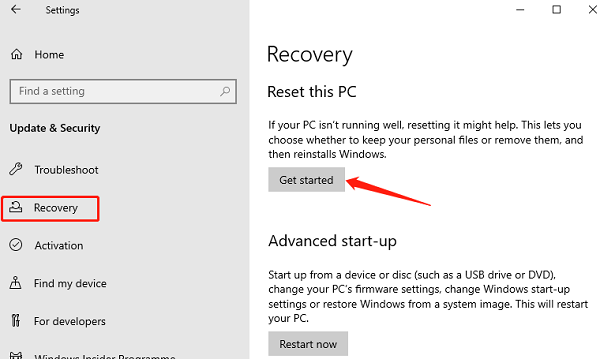
Choose either "Keep my files" or "Remove everything" to proceed with reinstallation.
Note: Be sure to back up important data before resetting.
4. Preventive Tips
Regularly update your graphics drivers and Windows system
Avoid GPU overclocking that may cause instability
Clean your PC regularly to maintain good airflow
Use genuine system files and drivers
Install antivirus software to protect against malware
5. Frequently Asked Questions (FAQ)
Q1: Is this a hardware or software issue?
In most cases, it's related to graphics drivers or system files. However, hardware issues (like GPU failure) can't be ruled out. It's recommended to troubleshoot software first.
Q2: What if the error appeared after a Windows update?
Try rolling back to a previous Windows version or update the GPU driver to match the new OS version.
Q3: What should I do if the error occurs while gaming?
Check your GPU temperature and driver compatibility. Also, lower in-game graphics settings and uninstall any third-party graphics enhancer tools you're using.
The "Video Scheduler Internal Error" is a common Windows graphics-related BSOD. While it may seem frustrating, most users can resolve it by updating drivers, repairing system files, or checking hardware.
If the issue persists, try the methods in this guide or seek professional technical support for further diagnosis.
